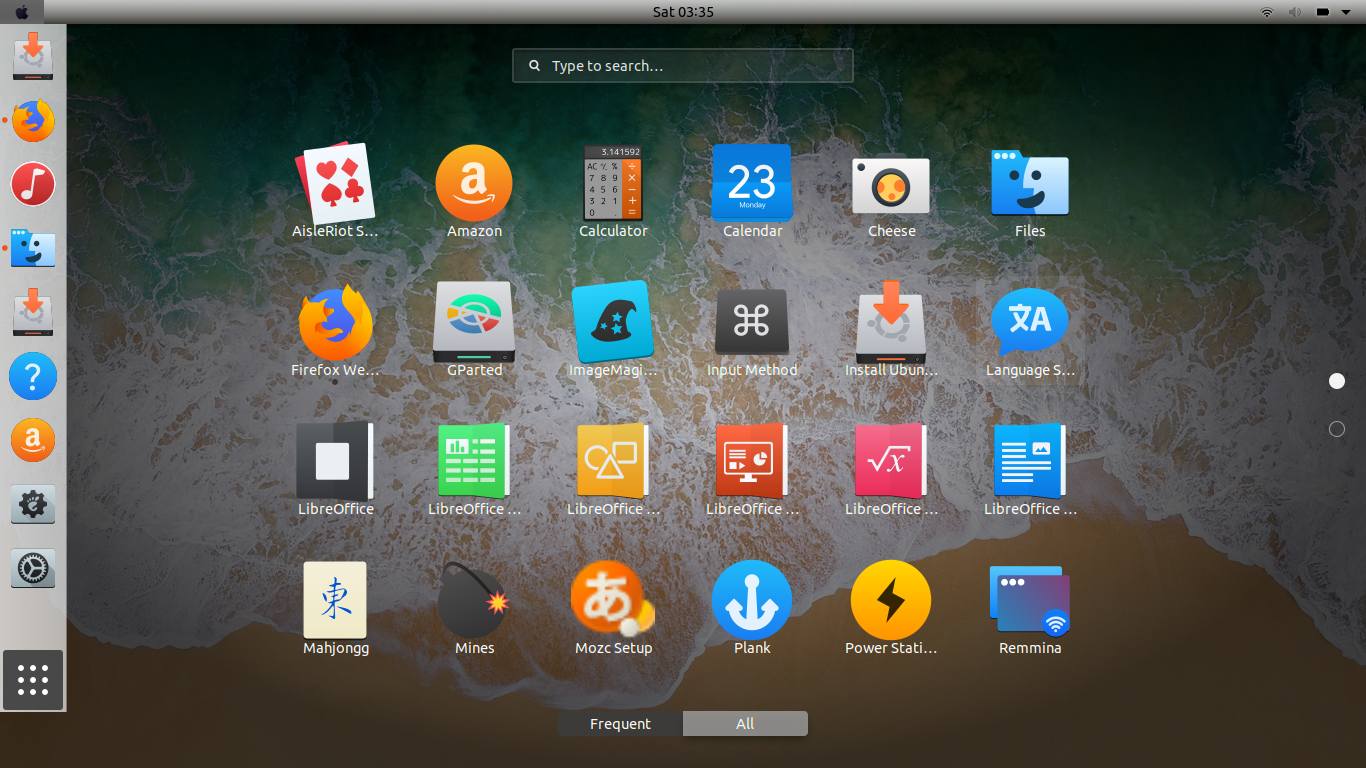
Hence Mark Shuttleworth decided to make a team of developers from the one of established project Debian and create an easy to use Linux desktop: Ubuntu.

Linux was already established in 2004, but it was not open source for every user. Linux has come with a lot of distros and its popular distribution is Ubuntu. Ubuntu and Mac are the second most common desktop OS after windows. In general, OS is a software that allows users to run other application programmes in a computing device. (source: Wiki).Īll major platforms (hardware and software) require an operating system. - thanks for ArchLinux Kernel CI, the continuous support on discord and your continuous efforts.An operating system (OS) is system software that manages computer hardware, software resources, and provides common services for computer programs.- thanks for the original work in mbp-ubuntu.- thanks for the amazing work in mbp-fedora.hid-apple-patched module for changing mappings of ctrl, fn, option keys:.Kernel patches (all are mentioned in github issue above):.GitHub issue (RE history): Dunedan/mbp-2016-linux#71.If you are not there yet, you must definitely join us. Discord: Shout out to the great community support.ctrl+x is not working in GRUB, so if you are trying to change kernel parameters - start your OS by pressing F10 on external keyboard.Microphone (it's recognised with new apple t2 sound driver, but there is a low mic volume amp).Thunderbolt (is disabled, because driver was causing kernel panics (not tested with 5.5 kernel)).

Dynamic audio input/output change (on connecting/disconnecting headphones jack).Not working (Following the mikeeq/mbp-fedora) Checksum is failing for 2 files: md5sum.txt and /boot/grub/bios.img.All available modifications could be found here: You can change mappings of ctrl, fn, option keys (PC keyboard mappings) by creating /etc/modprobe.d/hid_nf file and recreating grub config.To install additional languages, install appropriate langpack via apt sudo apt-get install language-pack- language-pack-gnome- language-pack-base language-pack-gnome-base.Swap and other partitions are optional.Leave the efi boot as preselected by the installer, unless you require a separate efi partition.Select the options that work for you and use for the partition the following setup:.Use Ubiquity to install (just click on it).Select "EFI Boot" (the third option was the one that worked for me).Restart and immediately press the option key until the Logo come up.

Boot in Recovery mode and allow booting unknown OS.Sudo gdd bs=4M if=ubuntu-20.04-5.6.10-mbp.iso of=/dev/diskX conv=fdatasync status=progress Diskutil list # found which number has the USB


 0 kommentar(er)
0 kommentar(er)
